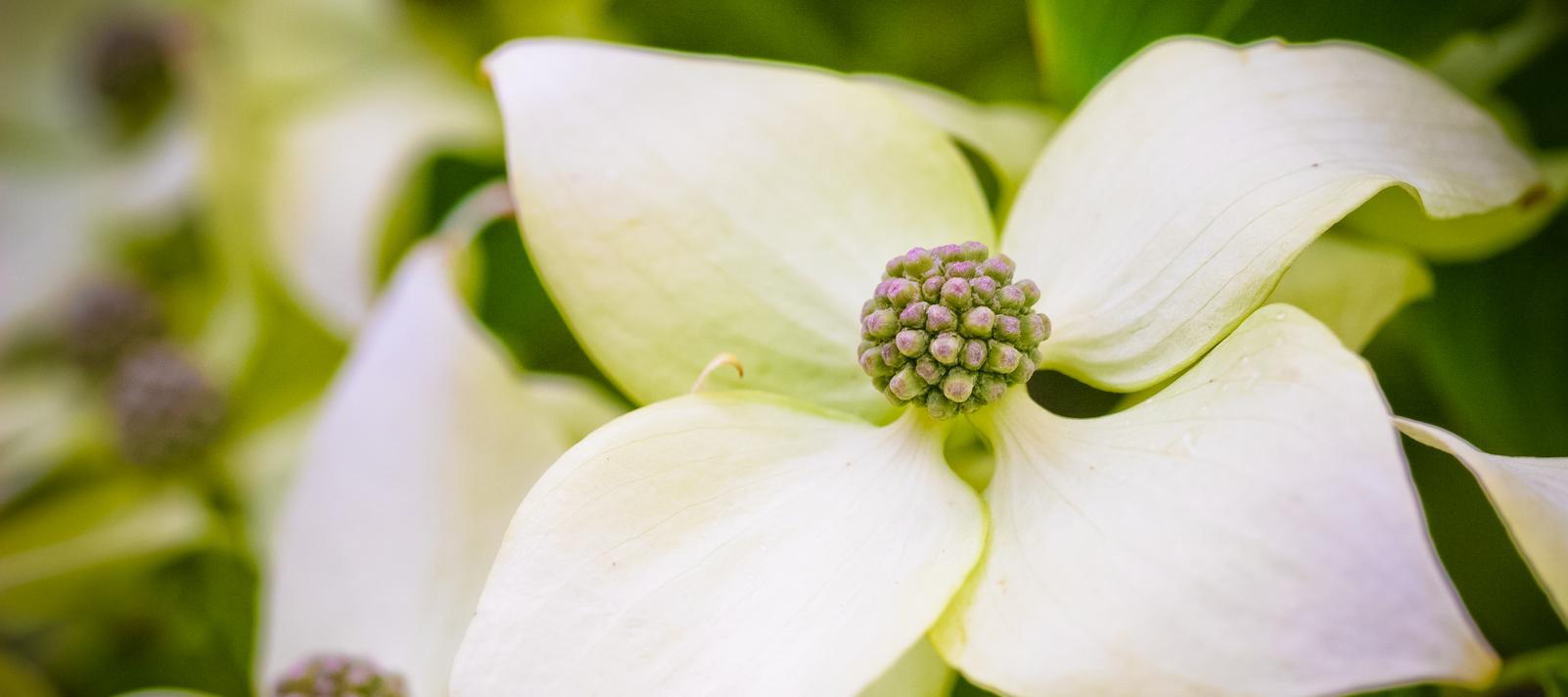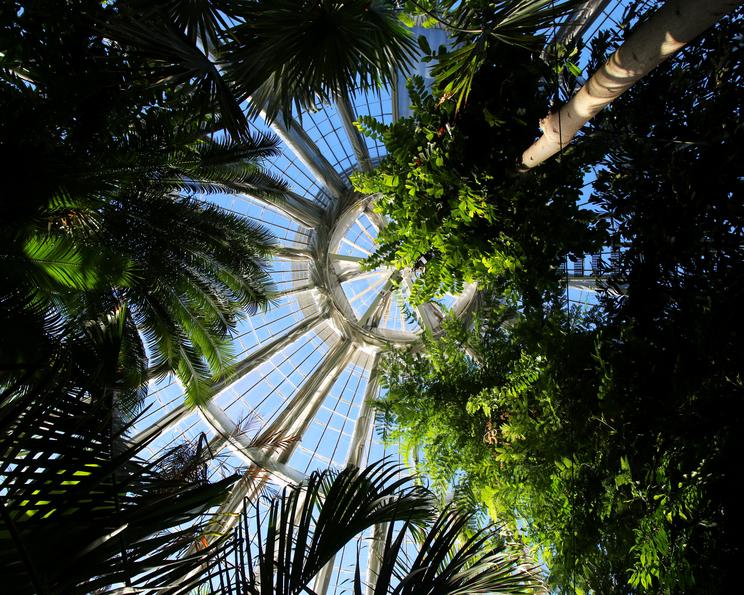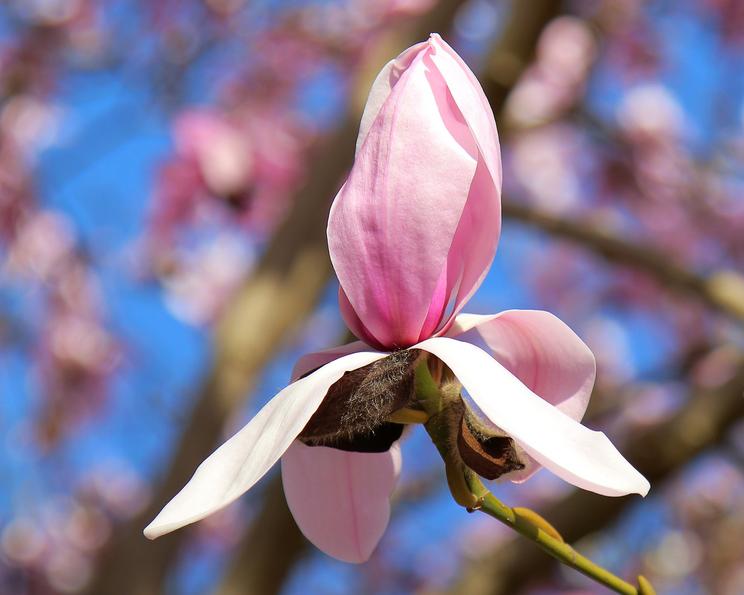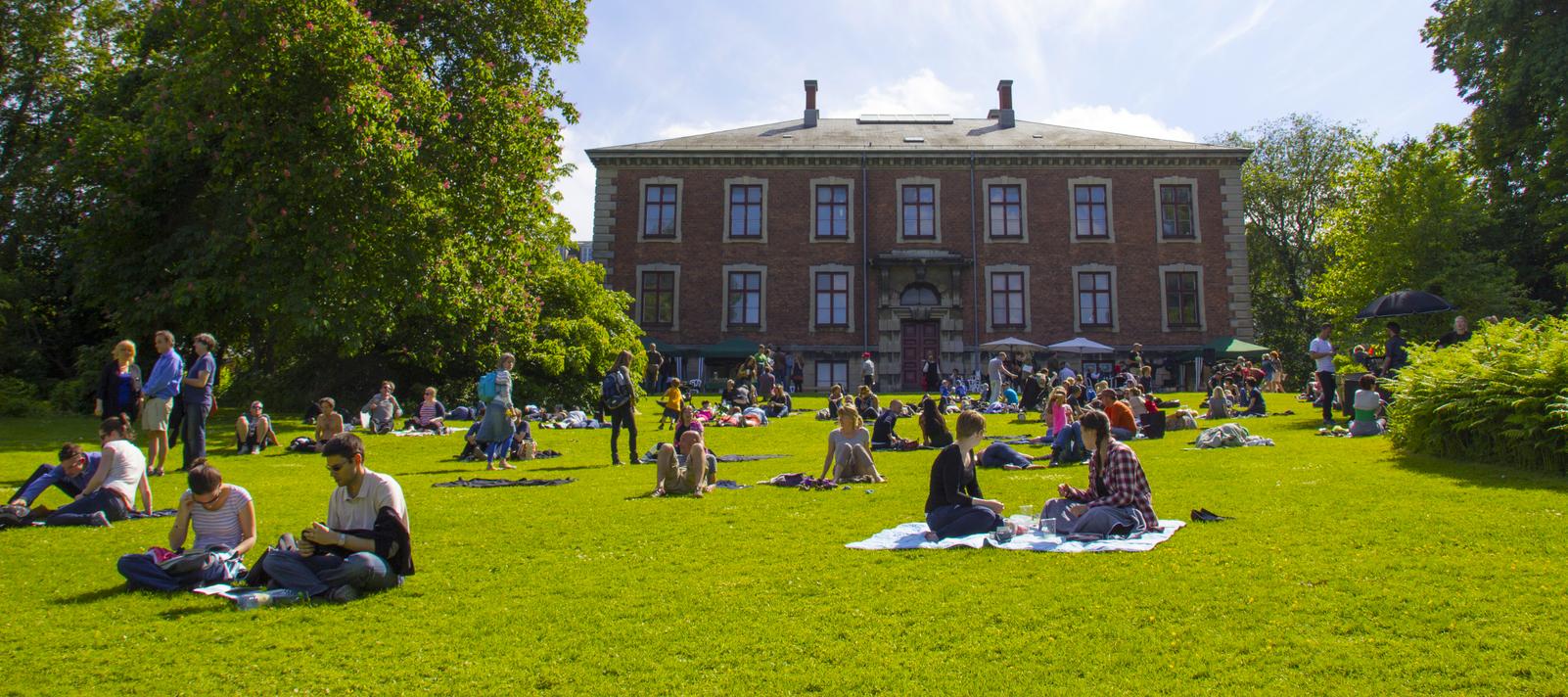
We are renovating the Palm House
2024 marked the 150th anniversary of the completion of the Palm House complex, built in the heart of the newly established Botanical Garden in 1874. After many years exposed to the elements, the Palm House is now undergoing a major renovation to ensure that the listed glasshouse will endure for generations to come.
Every year, the Palm House attracts thousands of visitors from Denmark and abroad, who come to experience the tropics in the centre of the city. The renovation is essential to ensure that the house meets the standard of visitor experience we aim to offer – particularly ahead of the opening of the new museum building in spring 2027.
At the same time, the Palm House must continue to accommodate a large part of the Botanical Garden’s living collection, which requires very specific environmental conditions to thrive. During the renovation, many of the plants will be moved or covered to protect them from damage. For this reason, the renovation is being carried out in stages, with one section closed to the public at a time.
The renovation involves both exterior and interior improvements. We will repaint the iron framework, replace the sunshades, repair the masonry, and clean the glass. In addition, a number of technical upgrades will be carried out to optimise light, temperature, and humidity for the many tropical and subtropical plants – while also improving energy efficiency and resource use.
Section 3 of the Palm House, with its tropical rainforest and the large glass dome, is currently closed for renovation. The remaining sections, including the Butterfly House, are open to visitors.

Palm House in the Botanical Garden
Entrance to the Palm House
Exit
This is where your experience in the Palm House ends.
Aquatic Plants and Mangrove
This section of the Palm House holds aquatic plants and swamp plants, mostly from tropical areas. All have in common that they live submerged in water or at the water’s surface. Notable species are the mangrove trees whose characteristic stilt roots make them adapted to living in areas with a heavy tide.
The smell it omits while in bloom imitates – very successfully – the stench of a rotting carcass, which attracts pollinating insects.
Warm Subtropics
This house reproduces the fertile conditions of warm subtropical areas and tropical mountain ranges.
Many plants that are of world-wide economic importance grow here, such as the date palm, coffee, cinnamon, avocado, and a number of citrus species.
Tropical Rainforest
The large dome at the center of the Palm House complex contains an unusually large and scientifically significant collection of cycads. One of them dates back to 1824 and is among the tallest under glass in Europe.
The fig trees (Ficus) are another valuable collection, with the oldest specimen dating back to the 1860s.
Giant bamboo (Dendrocalamus giganteus) grows in the southeastern part of the greenhouse. With a growth rate of up to 40 cm per day, it requires pruning several times a year, and once, it even grew through the glass roof!
The small sculpture Mask (1977) by Danish sculptor Sonia Ferlow Mancoba is hidden among the plants.
Dry Tropical Regions
Many of the plants in this house such as Saintpaulias, or African violets, are popular houseplants, but the house also holds several plants that are very nasty to touch, so beware! Some species are relatives of the common nettle but have a much stronger poison. They can hurt several months after touching.
The northern side of the greenhouse holds a collection of ferns, including large specimens of staghorn ferns hanging from the ceiling.
Mediterranean House
The Mediterranean House has an important collection of subtropical zone plants, mostly from areas with winter rain and summer draught such as the Mediterranean areas in Europe, South Africa, and Southwestern Australia.
Here you can find common trees such as olive, eucalyptus, and strawberry tree, but also rare and unique species from Australia. One of these, Wollemia nobilis, was believed to be extinct until a small group of these coniferous trees were discovered in a inaccessible gorge in Wollemi National Park in 1994.
On the southern side of the greenhouse you will find an interesting collection of carnivorous plants kept safely within their own small vitrine.
Succulent House
The house reproduces the dry environment that favours succulents, although other plant groups also thrive here.
Highlights here include examples of the world’s largest cactus, the edible prickly pears, and the golden barrel cactus from Mexico that grows in lava at 1400 meters altitude.
This house is part of the Palm House complex and requires a ticket.
Butterfly House
In the Butterfly House, colorful butterflies flutter among passion flowers and pineapple plants. Experience the life and transformation of butterflies up close.
This house is part of the Palm House complex and requires a ticket.
Ticket Sale
Buy your tickets her for the Palm House (incl. the Butterfly House ) and the museum.
Coffee Cart Mundfryd
Serves refreshments under the open sky during the summer season. Open depending on the weather.
Toilets
These Stairs are Closed
Access is through the ticket sales at the end of the Palm House.
These Stairs are Closed
Access is through the ticket sales at the end of the Palm House.
The Tropical Rainforest is Temporarily Closed Due to Renovation
We are renovating the paths in the Botanical Garden.
The existing paths in the Botanical Garden need refurbishment to handle and improve accessibility for the garden's many visitors. Additionally, a rainwater simulation has shown the need for better drainage of the paths in case of heavy downpours, which unfortunately, we are likely to experience more frequently in the future.
To keep the garden open to guests throughout the renovation period, the refurbishment will be carried out in phases until 2025. The first phases have been successfully completed, and we are now entering the final phases of the project. This means that the entrance to the Botanical Garden through the courtyard at the Natural History Museum, as well as the area around the Palm House, the Butterfly House, and the Greenhouse, will be closed off at times until September 2025.
We will continuously update the map of the Botanical Garden below so that you can always orient yourself before and during your visit. Additionally, extra signage in the garden will guide visitors in the right direction.
The Botanical Garden is part of the Natural History Museum Denmark and differs significantly from other city parks by being a living museum with research, communication, education, and nature conservation as its main tasks. Due to the garden's history and conservation value, we proceed with caution to protect the rare plants and the preserved garden that has been located at Østervold since 1874.

Entrance/Exit
Access to the museum and the Botanical Garden
Entrance/Exit
Passage between the museum and the Botanical Garden
Natural History Museum Denmark
Experience the historic Mineral Halls and changing special exhibitions. Requires a ticket or an annual pass.
Palm House
Requires a ticket or annual pass.
Please note: There is currently limited access to parts of the Palm House due to renovation works.
Victoria Greenhouse
Not open to the public
The Greenhouse
Open for special activities and workshops. The greenhouse can also be rented for private events.
Perennial Quarter
Rock Garden
Study the Garden's alpine collection and enjoy the view from the top of the.
Rhododendron Quarter
Lake Deck
Danish Quarter
Observatory Hill
From Observatory Hill you see the beautiful view of the city's towers and spires. The old observatory is only open to the public on special occasions.
Ticket Sales
Here you can shop tickets and annual passes for the Natural History Museum Denmark and the Palm House incl. the Butterfly House.
Ticket Sales
Here you can shop tickets and annual passes for the Natural History Museum Denmark and the Palm House incl. the Butterfly House.
Mundfryd's Coffee Cart
Serves refreshments under the open sky during the summer. Open depending on the weather.
Mundfryd's Coffee Cart
Serves refreshments under the open sky during the summer. Open depending on the weather.
Café
Shop at Natural History Museum Denmark
Botanical Garden Shop
Toilets
Accessible Toilet
Toilets
Accessible Toilets
